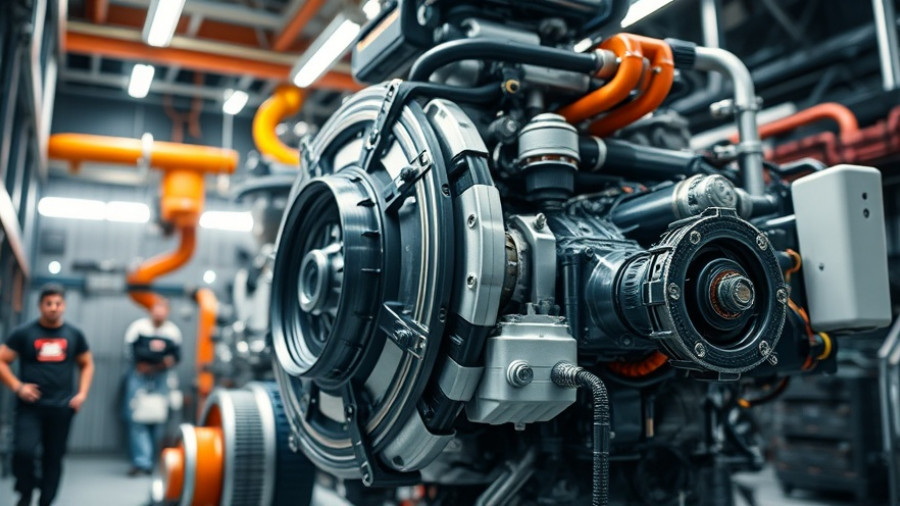
Introduction to the Atlas Dry Dock
Bollinger Shipyards, in collaboration with General Dynamics Electric Boat, has recently launched a groundbreaking floating dry dock named Atlas. This facility, measuring 618 x 140 feet, is designed specifically to support the construction and sustainability of the Columbia-class ballistic missile submarine program, which marks a significant leap forward in U.S. naval capabilities.
The Strategic Investment Behind Atlas
As Ben Bordelon, president & CEO of Bollinger Shipyards, articulated during the christening ceremony, the Atlas project is more than just a construction project; it's a strategic investment in America's naval future. The U.S. Navy is undergoing a modernization phase that necessitates state-of-the-art infrastructure like the Atlas. As the Navy prepares to retirement the aging Ohio-class submarines starting in 2027, the Atlas dry dock empowers the military to ensure that new submarines meet the demands of the coming age.
Size and Capability of the Columbia-Class Submarine
The Columbia-class submarines represent a new era for U.S. defense, as they will be approximately two-and-a-half times larger than existing Virginia-class attack submarines. This advancement not only expands the Navy's operational capabilities but also creates a pressing need for advanced facilities like the Atlas. Chris Remont, EVP of new construction at Bollinger Shipyards, emphasized the importance of precision and scale in submarine construction, reinforcing how vital dry docks are to fulfilling these requirements.
Bollinger’s History with Electric Boat
The christening of Atlas signals the completion of Bollinger Shipyards’ second successful contract with Electric Boat. Previous collaborations include the construction of a 400 ft by 100 ft Ocean Transport Barge delivered in 2021. This ongoing partnership highlights the commitment to enhancing the U.S. industrial base and ensuring the Navy's long-term readiness. An upcoming project mentioned is a pontoon launcher for Electric Boat, further solidifying Bollinger's role in facilitating the Navy's modern fleet.
Investing in American Engineering
The delivery of the Atlas dry dock is touted as a testament to American engineering excellence. At a time when the demand for advanced military technology is increasing, the growth and advancements in the shipbuilding sector underscore the importance of local infrastructure in national defense. By providing tools that meet modern challenges, facilities like Atlas ensure that the U.S. Navy can maintain its edge in military capacity. As the threat landscape evolves, having cutting-edge resources available becomes ever more crucial.
Conclusion: The Future of Submarine Construction
The introduction of the Atlas is expected to invigorate the shipbuilding landscape in the U.S., projecting a future where naval capabilities are closely tied to innovative infrastructure. This strategic development not only empowers the construction of advanced submarines but also serves as a rallying point for skilled workers in the shipbuilding industry. As the U.S. Navy prepares for the looming transitions in its fleet, the Atlas stands ready to play a vital role in its mission. The journey of innovation in shipbuilding is ongoing, and it will greatly influence America's defense strategy in the coming years.
 Add Row
Add Row  Add
Add 




Write A Comment